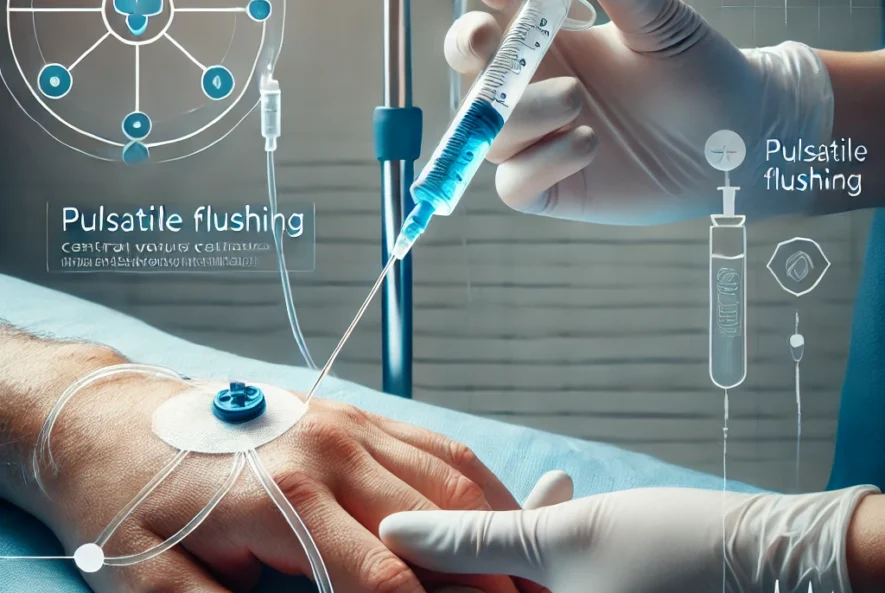- oncociencia.com
- julho 10, 2024
- Genetics
- 0 Comentários

In the United States, more than 5 million central vascular access devices (CVADs) are inserted each year. CVADs are used to deliver lifesaving medications and critical treatment in both intensive care and specialty care units. In outpatient settings, CVADs are also used for patients undergoing long-term therapies, such as chemotherapy. A major complication with these types of devices are central line-associated bloodstream infections (CLABSIs), which can have a significant impact on patient outcomes as they are associated with longer hospital stays, increased risk of morbidity and mortality, and increased medical costs.
In an effort to lower CLABSI rates, hospitals have focused on evidence-based prevention efforts, including hand hygiene, chlorhexidine (CHG) skin preparation, full barrier precautions during insertion, avoiding the femoral site, and the removal of unnecessary catheters.
From 2008 to 2011, CLABSI rates declined by 50%. Despite these prevention efforts, the Centers for Disease Control and Prevention estimates that there were 71,900 CLABSIs in 2011. In addition to the prevention efforts described previously, catheter maintenance measures, such as daily CHG bathing and the use of port protectors, are often now being used.
